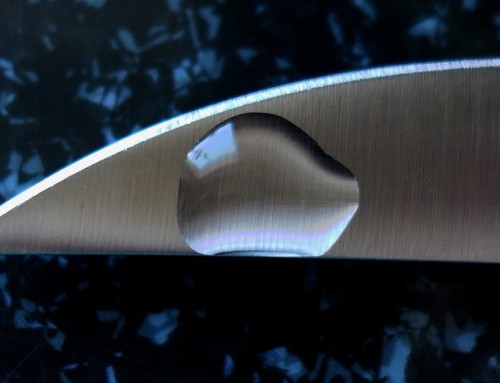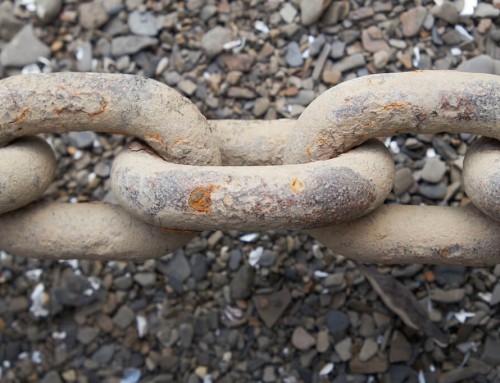
Castle Geyser USA. Image credit Flyingfishphotography.com
ZIMSEC O Level Geography Notes: Hot Springs and Geysers
- Besides the major intrusive and extrusive landforms resulting from volcanic activity, other minor features of volcanoes include: hot springs, mud-pots, pools of boiling water, fumaroles and geysers.
- Hot springs and geysers are usually found in areas near or on dormant volcanoes.
Hot springs

Hot spring and geyser. Image credit Imgbuddy
- A spring is a point (hole) on the earth’s surfaces where water flows from the ground.
- A hot spring is a stream of hot water flowing out of the ground
- The water is heated when it comes into contact with molten hot rocks below the earth’s surface.
- After being heated by magma and pushed by pressure from the ground through rock joints and fault lines within the earth’s crust.
- The water then pours out of a spring or naturally occurring fountain.
- Examples of hot springs include the Rupisi and Nyanyadzi Hot springs near Mutare in the Eastern Highlands of Zimbabwe.
- Several hot springs can also be found within the Zambezi valley.
Geyser
- Is a hot spring that throws ‘jets’ of hot water and steam into the air at either regular or irregular intervals.
- This is caused by heating in the pipe of the geyser.
- The temperature of the water rises quickly since convectional cooling cannot occur due to the narrowness of the ‘pipe’/hole in the ground from which the steam and water jet comes.
- The temperature of the water continues to rise resulting in pockets of steam being trapped in the twisted portions of the pipe.
- Eventually the super-heated steam builds enough pressure,expands suddenly and forces the water in the upper part of the pipe to be spouted and sprayed violently into the air.
- A lot of geysers can be found in Yellowstone National Park in the United States of America.
To access more topics go to the Geography Notes page.




